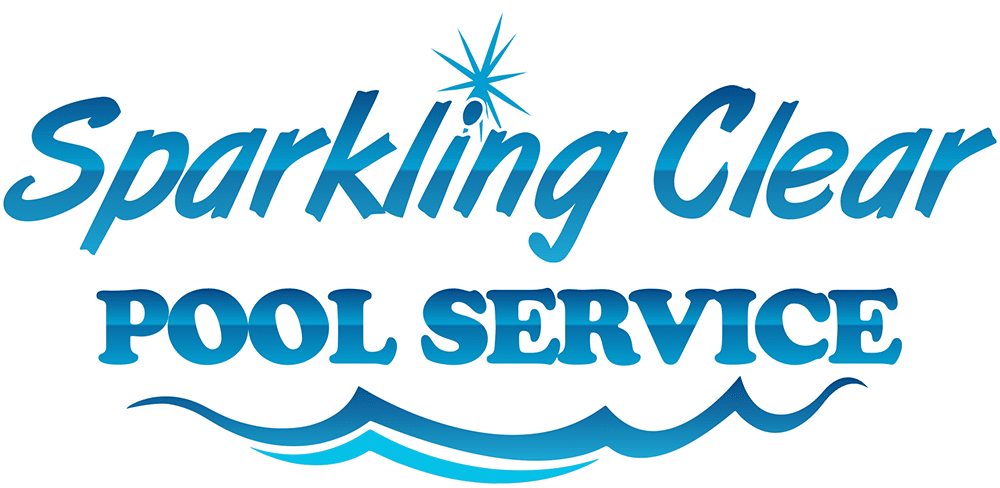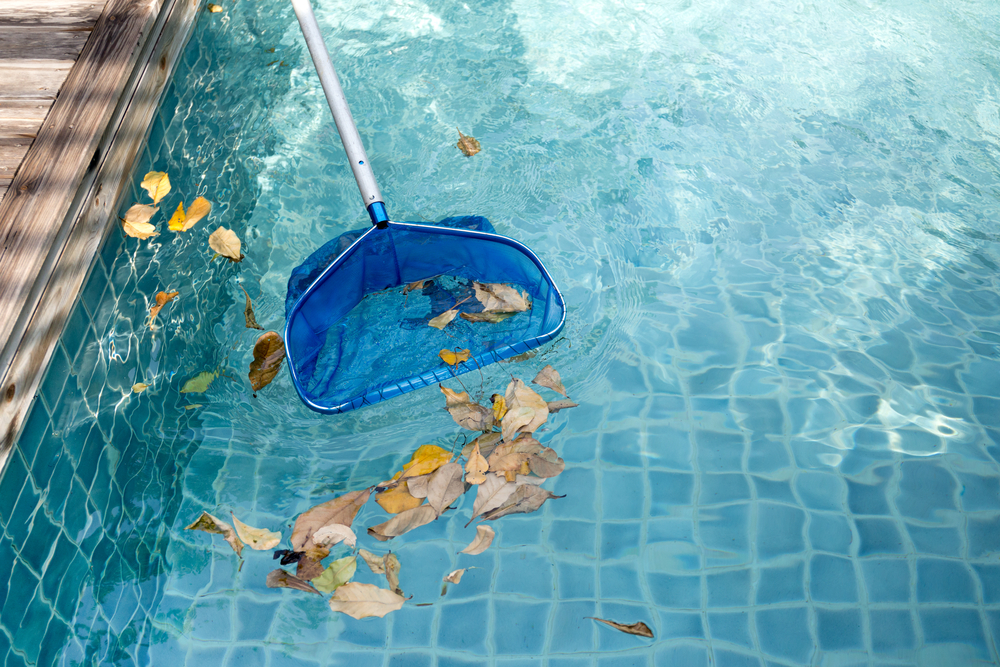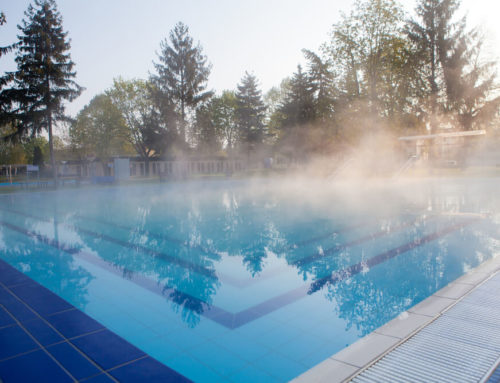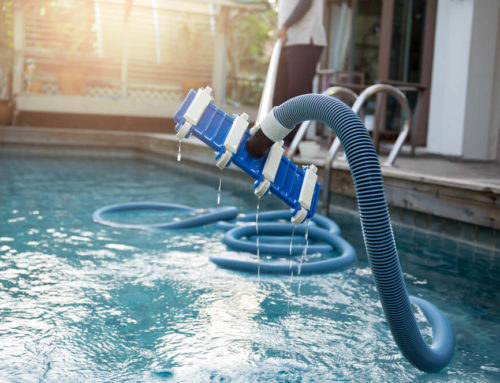Swimming pools are fun, but they also involve tedious cleaning and maintenance to keep the water free of health hazards. Numerous environmental elements such as dust, bugs, and germs can contaminate a pool without proper regular maintenance. Following this guide will help you achieve an efficient approach to maintaining and cleaning your swimming pool.
What Maintenance Does a Pool Require?
The water in a swimming pool can easily get polluted in a short time if you ignore your maintenance responsibilities. Not only does human perspiration become part of the water, so does residue from cosmetics and personal care products. The combination of these chemicals with moisture and heat creates conditions for the manifestation of fungi such as algae. Failing to clean the water routinely can spread bacteria and illness.
Proper pool maintenance starts with learning your pool components, which can be divided into suction, filtration, and pressure parts.
- Suction equipment includes the skimmer, main drain, and suction lines
- The filtration system consists of a pump and filter
- The pressure system sends water through return lines back into the pool.
Water passes through a pump, shifting the force from pulling to pushing action. As return jets push water through the pool, the skimmer basket collects debris floating on the water’s surface. The water is cleaned by a combination of filtering and application of chlorine, which kills viruses and bacteria. A pool heater is an option for comfort but not a requirement for good maintenance since it doesn’t affect circulation or filtration.
Which Products to Use?
Successful pool maintenance requires paying attention to the pool’s details, including size, shape, and type, and following the manufacturer’s specific instructions. Be aware that more modern pools may have different procedures than traditional pools. Today there are digital devices that can remotely measure water pH and temperature levels, although many homeowners still rely on manual maintenance methods. It’s even more helpful if the pump has a timer.
Knowing pH and temperature levels can help you make adjustments to water quality with an emphasis on alkalinity. Chlorine is a commonly-used disinfectant in pools, but on the downside, it can lead to skin irritation and bleach your swimwear. Alternatives to consider for avoiding these side effects include bromine, PMHB, and anti-algae solutions. In these cases, chlorine is reduced but not entirely eliminated due to its function as a sanitizer. Another option to reduce chlorine is to invest in an ozone generator or even a chlorine generator, both of which work to disinfect water.
How to Clean the Different Equipment / Parts of the Swimming Pool?
Every type of pool – whether indoor or outdoor – requires cleaning for the reasons already mentioned. Some actions are needed to be taken more frequently than others, such as removing debris floating on the water’s surface. It’s important to skim leaves and other matter from the water often so that particles don’t sink to the bottom, making it harder for the debris to be removed.
Cleaning the surface is usually a daily chore, whereas vacuuming the sides and bottom of the pool can be done once per week. Other weekly maintenance activities include cleaning the pump, skimmer, and filters. Whenever the pool is occupied, make sure the ground, steps, and diving board are clean.
Removing dirt or grease can sometimes be challenging, but using certain brushes and sponges can help make the work easier. White vinegar is a reliable solution for removing the most resistant grease. Skimming, brushing or vacuuming your pool at least once a week will keep the pool clean. To keep your pool free of debris when it’s not in use, invest in a tarp that covers the pool.
Some homeowners use an automatic pool cleaner, which is a robotic machine that can be programmed to clean or detect certain areas where debris exists. These modern machines are effective to a degree but you’ll likely need to supplement the cleaning with manual work for best results. If you’re using a pool vacuum, make sure it’s equipped with all the necessary parts including a vacuum head, telescopic pole, hose, skim-vac, and scrub brush.
Bad Maintenance: What Are the Signs That Should Alert You?
The signs of poor pool maintenance are usually obvious. If you see water steadily get cloudy or turn green, it means immediate action is required. Letting these problems persist could result in unhealthy conditions, such as ear, nose, or throat problems. Other signs that the pool needs closer attention include cracked walls, peeling plaster, and broken pool lights. Additionally, if the water is ice cold, it means you need to check the heating system.
Good water circulation is crucial, as stagnant water is not as clean or safe as moving water. The more you’re able to keep a good circulation flowing, the less likely you’ll encounter problems such as pool algae. Allowing the pump and filter to run daily is the key to proper circulation. While many people can’t afford to run these devices continuously, you can still get good circulation by running the pump and filter for at least 10 hours per day. It’s also important to regularly clean the filter.
Conclusion
Pool maintenance can be time-consuming but it is essential to ensure public safety. The keys to good pool maintenance include monitoring circulation, balancing the water chemistry, and implementing a regular cleaning schedule. For more information, contact our experts at Sparkling Clear Pool Service. We can handle the maintenance for you, so you can spend more time enjoying your swimming pool. Call us at 214-361-0255 today!




